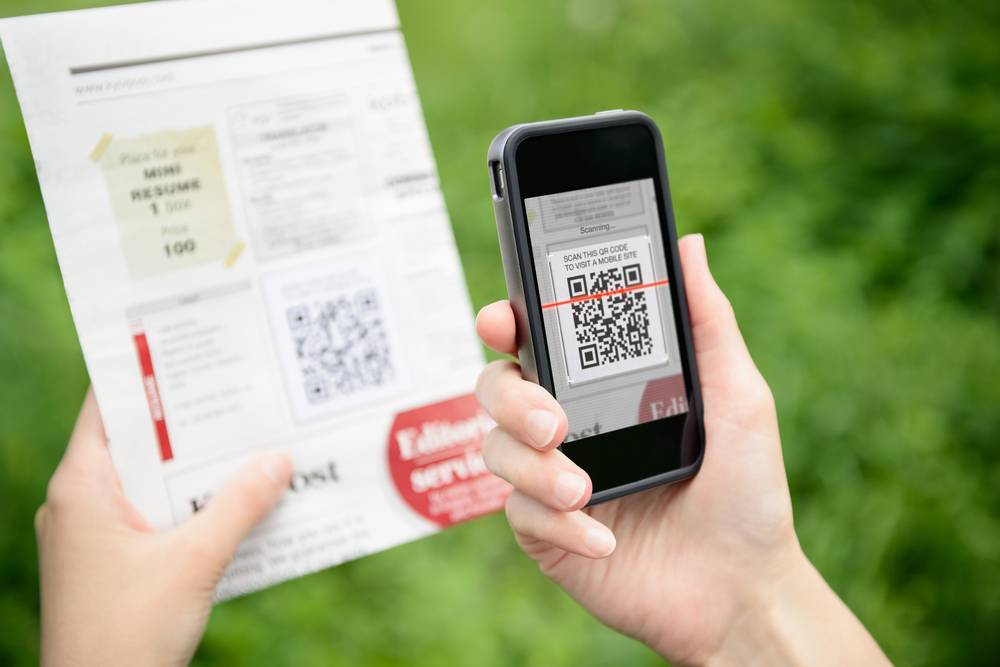 Last updated: December 20th, 2019 1:50 AM
Last updated: December 20th, 2019 1:50 AM
QR Code for GST Invoices
The Government of India (GoI) has made QR (Quick Response) Code mandatory for GST Invoices as per Notification No. 72/2019. According to the notification, the assessees who should provide QR Code are those having a turnover of more than five hundred crore rupees and making a supply to unregistered persons. The Central Board of Indirect Taxes and Customs (CBIC) issued the notification on 13th December 2019. The notification covers all assessees who have obtained GST Registration and are making a taxable supply. The objective of the notification is to allow simplified access to GST invoices. The notification will come into effect on 1st April 2020. A GST Invoice is a document showing that a supply taxable under GST has taken place. GST invoices are essential in calculating the amount of Input Tax Credit (ITC) that can be availed. An assessee may misplace a GST Invoice that was issued or may require additional copies of the same invoice. In such cases, the assessee faces the need to contact the supplier repeatedly. To solve the issue, the Government has introduced the requirement to include QR Codes in invoices. By scanning the QR Code, the assessee can generate the GST Invoice any number of times in PDF format. The requirement for providing QR Code is part of an overall initiative by the Government to introduce e-invoicing. The e-invoicing facility is a proposed system for automatic online authentication of Business to Business (B2B) invoices.Conditions
The circular will apply only if the following conditions are satisfied:- When the turnover during the current financial year (FY) has exceeded Rs.500 crores
- When the supply is made to a person who does not have GST Registration
Impact of the Circular
- With effect from 01.04.2019, the assessees who satisfy the specified conditions should include a QR Code in all the GST invoices issued.
- The QR Code should provide a link to a PDF copy of the invoice.
- The physical copy of the invoice and the PDF copy should be identical. Thus, the PDF copy should also contain the QR Code.
Advantage of QR Code
The assessee can generate any number of copies of the GST invoices issued. Also, the GST invoices can be accessed any number of times. There is no need to contact the supplier for accessing the GST Invoices.Dynamic QR Code
In some business models, the invoice may be sent by e-mail. An example would be the purchase of movie tickets through Android Apps. In other instances, the assessee may show the invoice to the customer on an electronic display. An example would be the purchase of food items on a commercial flight. In such cases, the assessee may choose to provide a dynamic QR Code. The notification states that providing a dynamic QR Code is also acceptable. A dynamic QR Code can be modified after it has been published. Only the person who published the code is allowed to make changes. The notification issued by the CBIC is given below for reference.Popular Post

In the digital age, the convenience of accessing important documents online has become a necessity...

The Atalji Janasnehi Kendra Project that has been launched by the Government of Karnataka...

The Indian Divorce Act governs divorce among the Christian couples in India. Divorce...

When an individual has more than a single PAN card, it may lead to that person being heavily penalised, or worse,...

Employees Provident Fund (PF) is social security and savings scheme for employee in India. Employers engaged...


